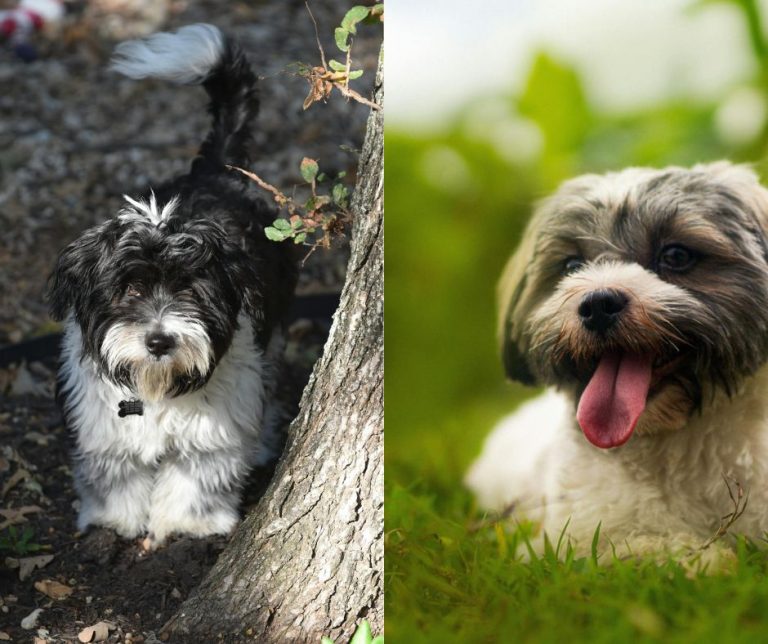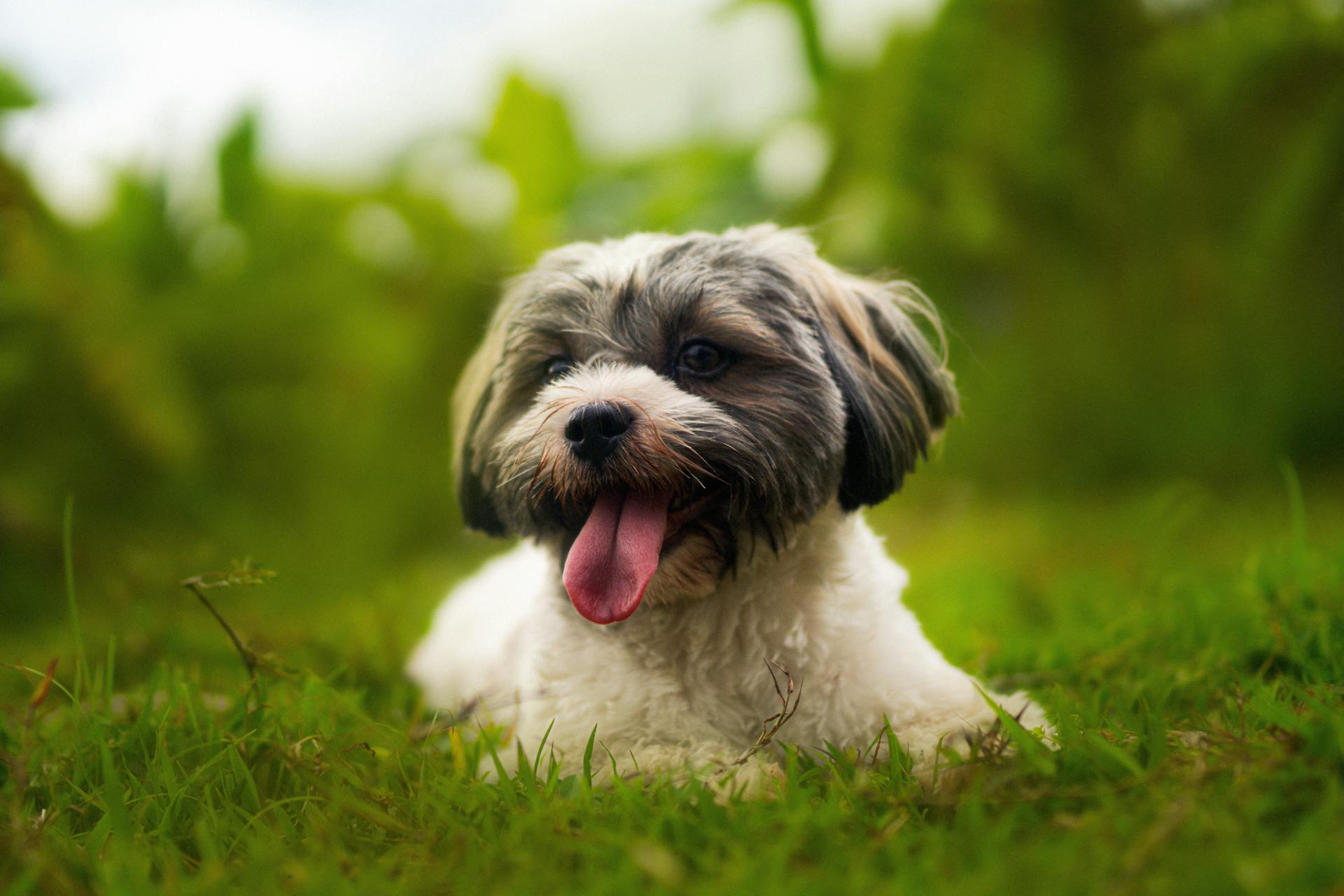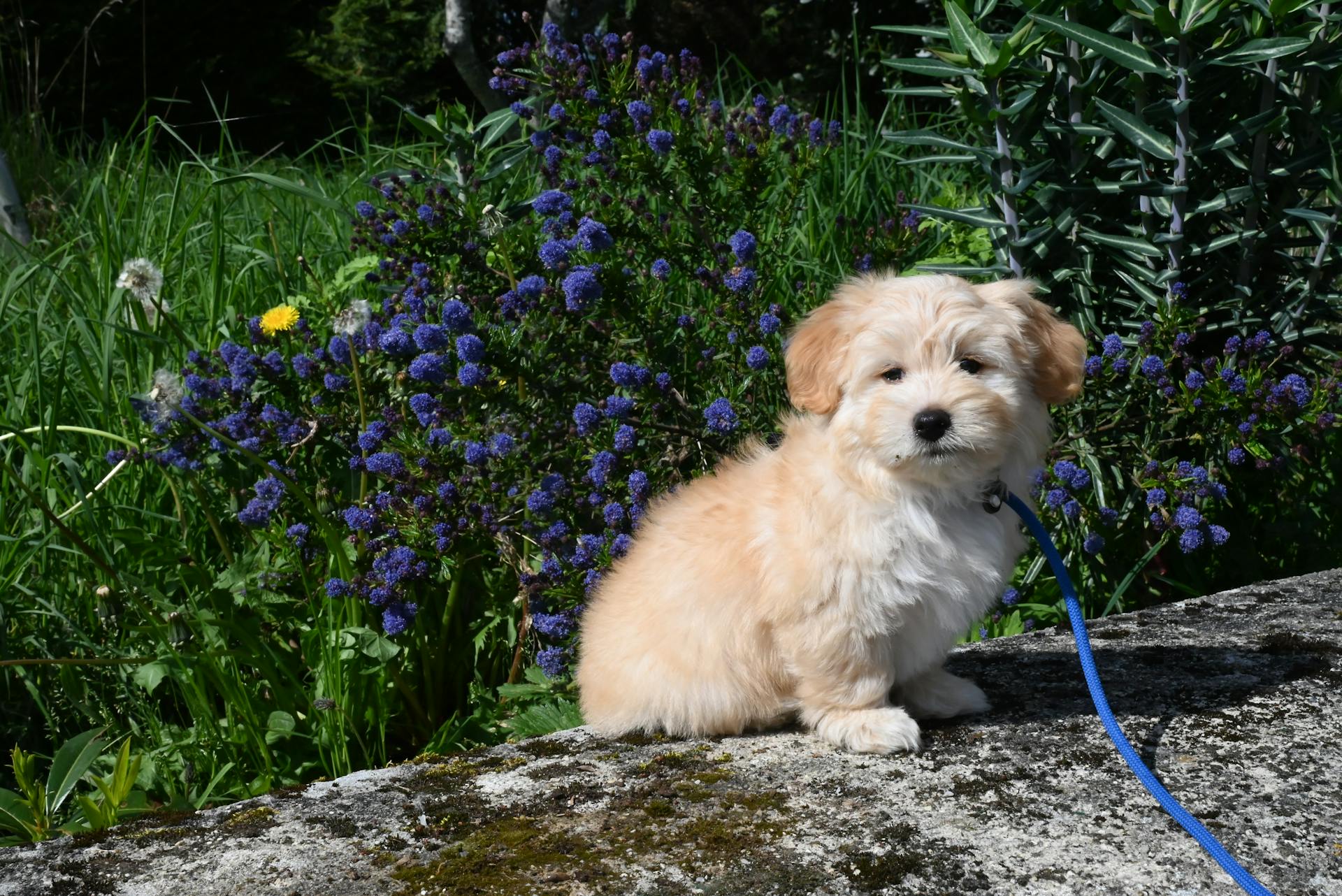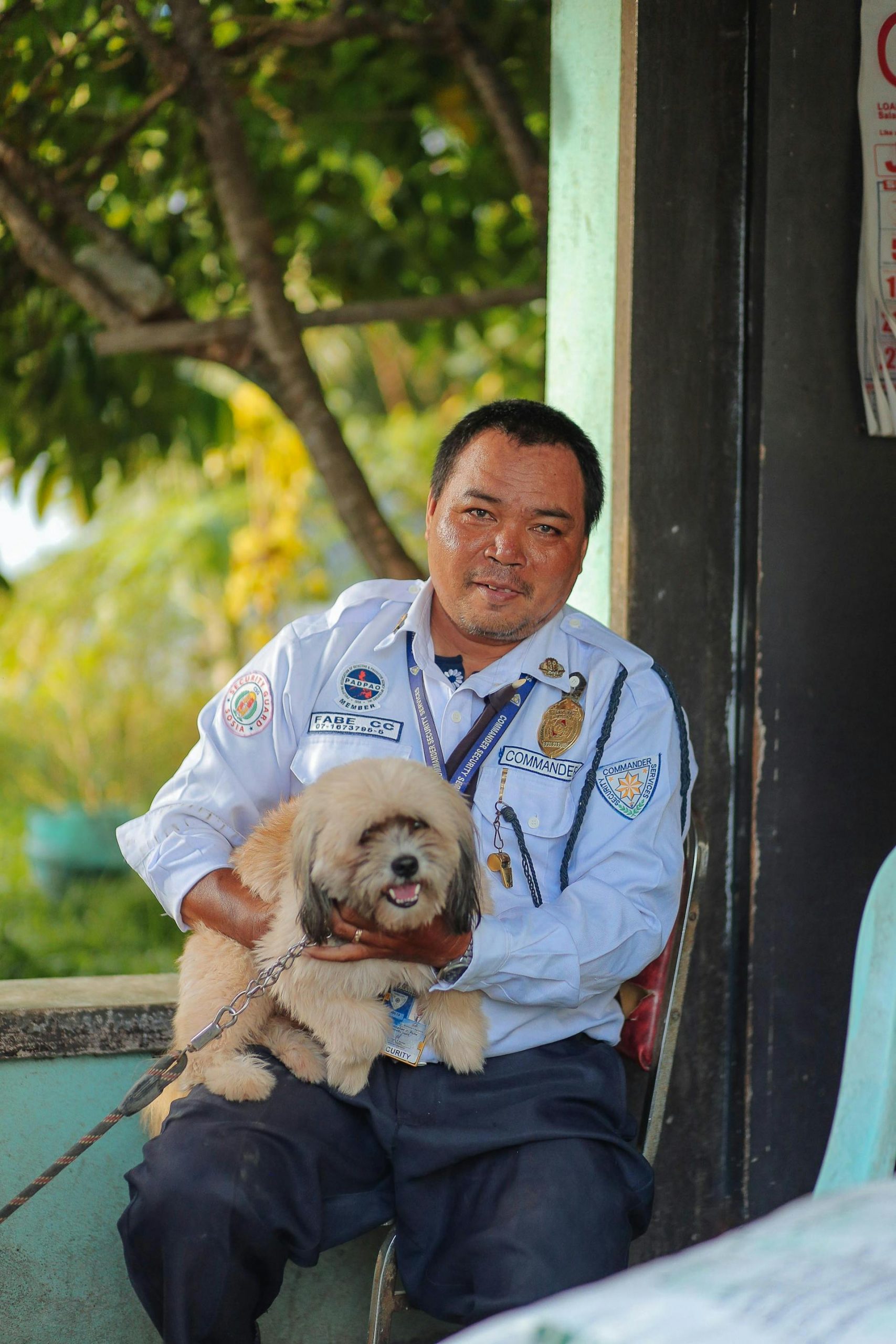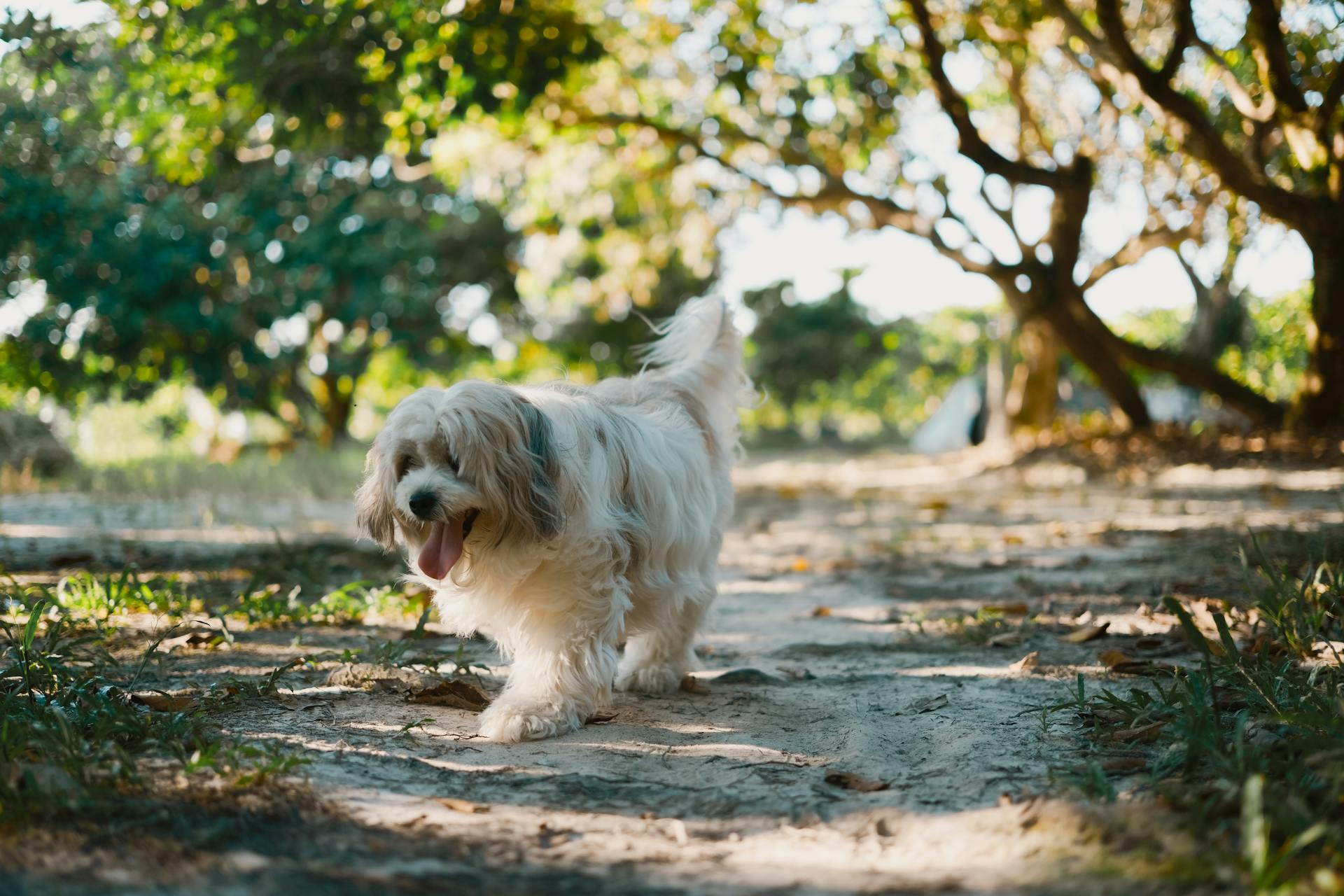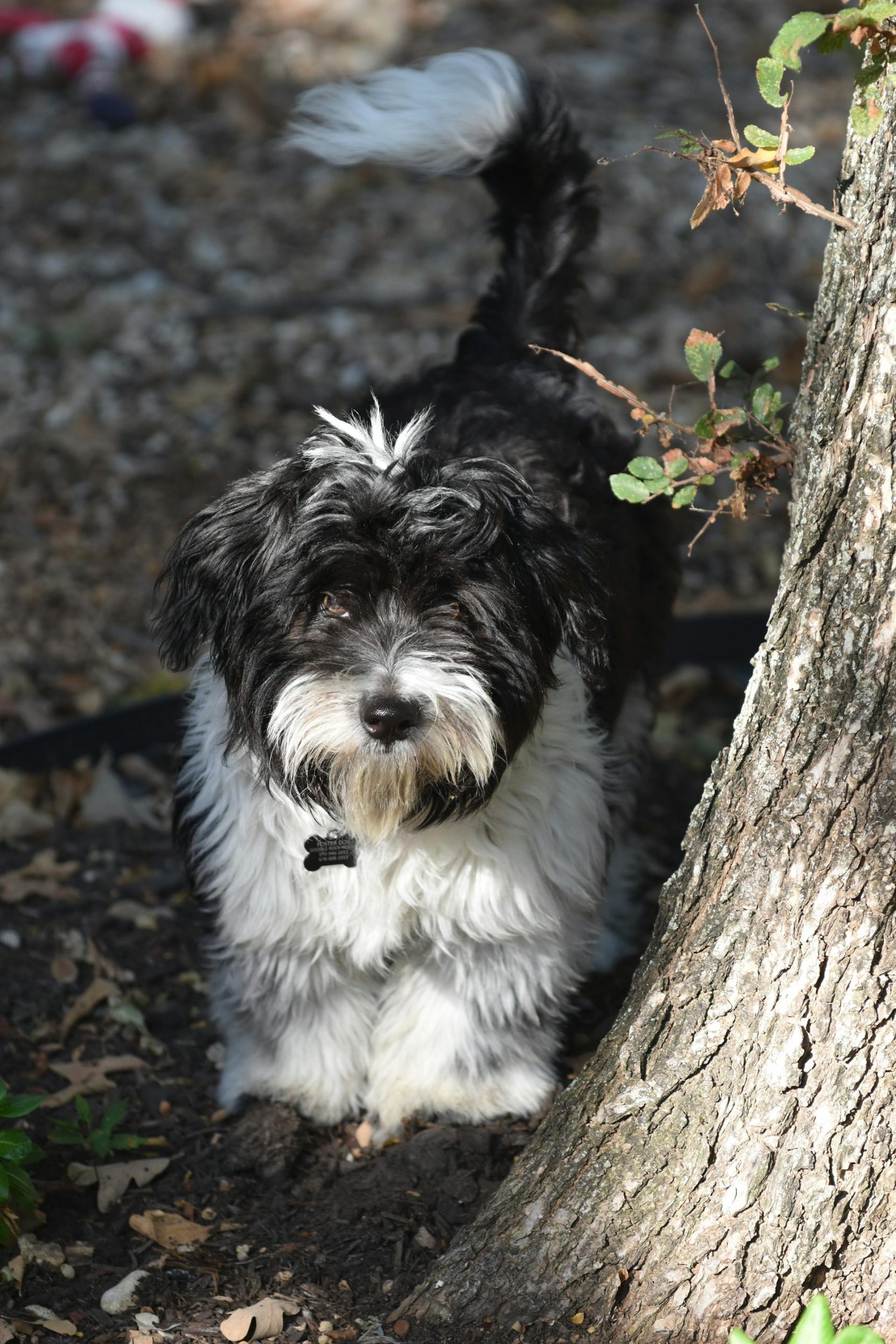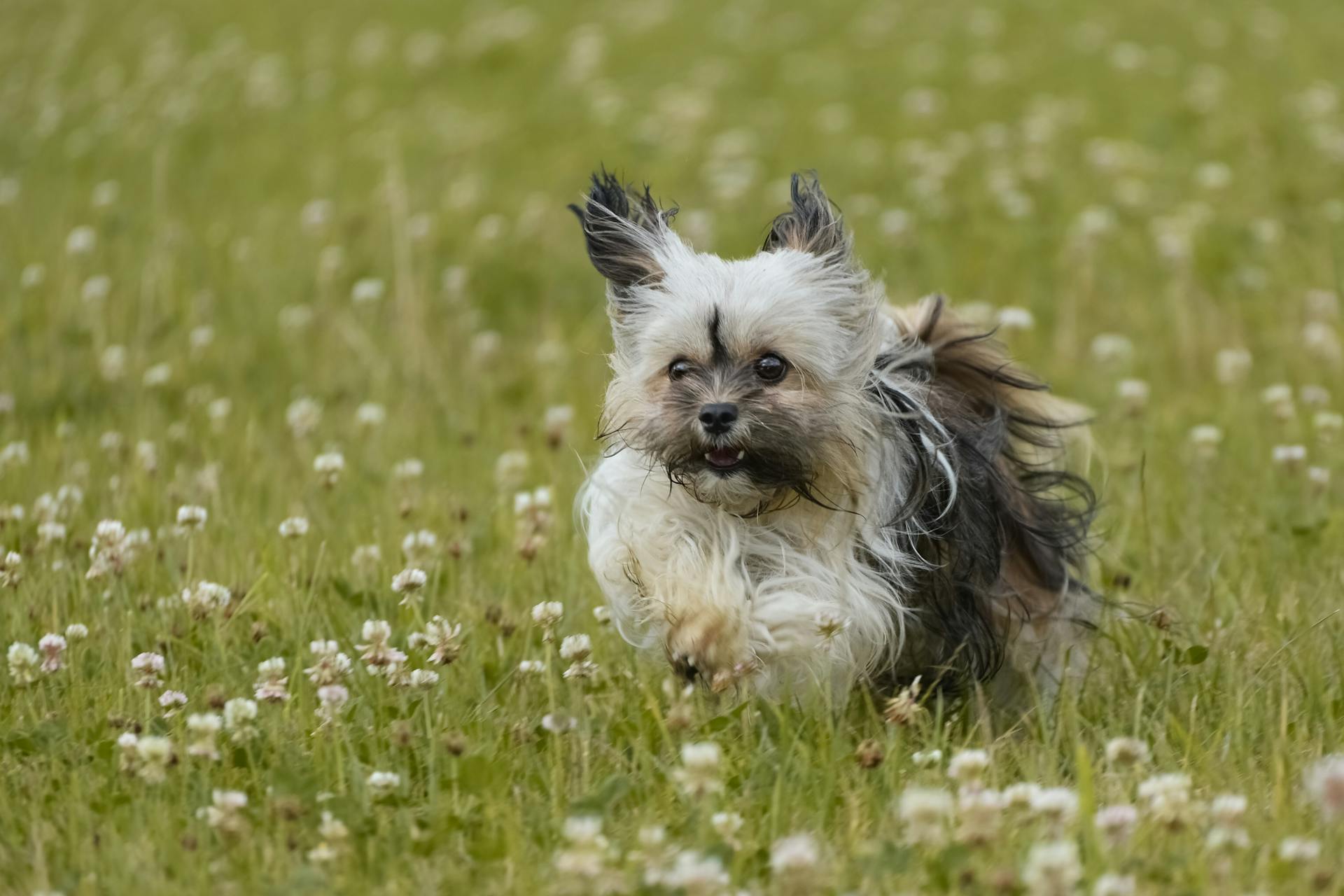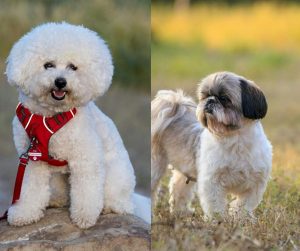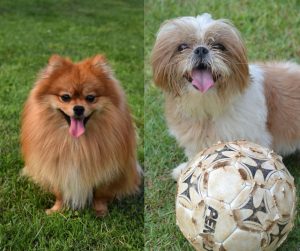When deciding on bringing a Havanese into one’s life, the dilemma of choosing between a male and a female may arise. Recognized by the American Kennel Club for their charming, silky fur and expressive eyes, Havanese dogs make delightful companions regardless of gender. However, subtle differences exist.
For instance, male Havanese often present as larger and slightly heavier in comparison to their female counterparts. This trait may influence a dog owner’s preference depending on their living situation.
Behavioral nuances also come into play. Female Havanese are reported to reach maturity quicker and are often perceived as easier to train due to their attentiveness. On the other hand, males may display an exuberant personality throughout their lives, infusing a home with constant liveliness.
Considering the unique traits of each gender ensures future pet parents can better align their choice of pet with their lifestyle and expectations. Let’s take a look at the differences between male vs female Havanese dog breed.
Key Takeaways
- Havanese gain recognition from the American Kennel Club not only for their physical attributes but also for their friendly nature
- Lifespan and health considerations may influence the decision between male and female Havanese, along with individual temperament traits
- Understanding the distinct characteristics of each gender can guide prospective owners toward a choice that complements their living situation and personal preferences
Breed Origins and Characteristics
In this section, you’ll uncover the rich history of the Havanese breed, as well as their defining physical and temperament traits. Let’s dive into the tale of Cuba’s national dog and what makes these pups truly special.
Havanese History
The Havanese, with their roots firmly planted in Cuba, are affectionately known as the “Havana Silk Dog” for their luxurious coat that feels as smooth as silk. Revered as the national dog of Cuba, they have charmed their way into the hearts of dog lovers everywhere with their infectious affectious personality.
Rich in history, the Havanese dog breed were originally bred by the Cuban aristocracy in the 1800s, precisely because of their friendly and intelligent nature.
Physical Attributes and Temperament
Height and Length: Standing at 8.5 to 11.5 inches tall and balanced with a slightly longer length, these members of the toy breed group exhibit a playful yet sturdy physique.
Coat and Colors: Amidst the array of colors—ranging from white to black and many shades in between—their double coat stands out not only for its beauty but also for its insulating properties.
Legs: The Havanese flaunts a unique spring to its step, thanks to moderately boned legs perfectly proportioned to its size.
Temperament: Known for their warm and affectionate demeanor, the Havanese breed is intelligent and eager to please. They are sociable dogs who adore the companionship of humans and other pets alike, making them the life of any family gathering or social event.
As one peeks at a Havanese puppy, it’s clear they are not just any toy breed. They carry an air of elegance with their light, almost tiptoeing trots, complemented by their bright, expressive eyes that mirror their inquisitive and charming personality. While their small size might make you think they are just a toy, this regal breed offers much more to pet parents.
Behavioral Traits
When considering a Havanese, one can expect to find a breed brimming with affection and intelligence. Yet individual male and female dogs may exhibit subtle distinctions in their behavior and training responses.
Gender-Specific Behaviors
Male Havanese dogs are playful companions known for their generally laid-back nature. Typically larger and sometimes an inch taller, they can exhibit a calmer personality, though this does not negate their playful side. It’s not uncommon for males to be a touch more stubborn when it comes to adhering to house rules.
In contrast, female Havanese dogs tend to mature quicker, which can translate into a more independent and less clingy behavior. Their intelligence may make them easy to train as they are often eager to please and more attentive, which is a boon during training sessions. However, they might also require space and patience, especially when they assert their independence.
Socialization and Training
Effective socialization can significantly influence the Havanese’s outgoing temperament. Both males and females thrive with early exposure to various people, sounds, and experiences, but they may respond differently to these stimuli.
Males might approach with a relaxed curiosity, while females may exhibit caution and prefer a gradual introduction.
For training, the consensus is clear: positive reinforcement works wonders. This breed loves rewards—a tasty treat or an extra bit of affection can go far.
Their intelligent nature makes them capable training partners, although patience is key.
Males might require more repetition due to their occasional stubborn streak, while females may respond quicker but expect consistent and patient guidance.
Health and Life Expectancy
When it comes to Havanese dogs, they’re not just another pretty face with their silky coats and playful charm. Their health and how long they stick around to be part of the family are of true essence. Because of their amazing health, they are often part of crossbreeding programs.
Common Health Concerns
Certain health issues tend to be more prevalent in Havanese dogs, such as:
- Hip Dysplasia: A genetic condition where the hip joint doesn’t fit together perfectly, which can cause pain and arthritis
- Patellar Luxation: A common issue where their kneecap can slip out of place
- Deafness: Hearing loss, either congenital or progressive with age
- Chondrodysplasia: A genetic disorder affecting the growth of bones in puppies
- Legg-Calve-Perthes Disease: A hip disorder that can lead to arthritis
Regular check-ups, a balanced diet, and consistent exercise can help manage these conditions. Plus, proper grooming is crucial to avoid skin issues that might not be life-threatening but can sure make their life less comfy.
Spaying and Neutering Impact
Spaying or neutering a Havanese can have significant health benefits:
- For females, spaying helps prevent uterine infections and breast tumors, which can be cancerous in about 50% of dogs. It also eliminates the heat cycle
- Neutering males can prevent certain prostate disorders and testicular cancer
Spaying or neutering can also influence behavior, potentially making them less likely to roam and more content staying home with their beloved humans. It might even impact maturity— they often settle into their grown-up selves a bit more consistently post-surgery. In Havanese, reaching full maturity can be expected around 1 to 2 years of age.
However, timing and individual health should always be considered, so it’s best to work with the vet—they’re the experts, after all.
Nutritious food, regular physical activity, and love could play roles as big as genetics in keeping that Havanese tail wagging well into their golden years, which for these pooches, is typically around 13 to 16 years.
Living with a Havanese
When one brings a Havanese puppy into their home, they are greeted with a sturdy companion that easily adapts to various lifestyles and families.
These small dogs are praised for their friendly temperament and ability to form strong bonds with their owners, be it in a bustling American family household or a single individual’s quiet abode.
Adapting to Family and Home
The Havanese breed is well-known for its ability to fit into many living situations, thriving on attention and companionship.
Females are often attentive and eager to please, making them slightly easier when it comes to potty training. They can be more territorial but with proper socialization, they learn to coexist harmoniously with other pets and kids.
Males generally have a laid back demeanor, and are described as calmer, which can be a soothing presence in a home, especially one with children.
Whether neutered or spayed, these dogs are highly adaptable, but they don’t do well when left alone for long periods. They crave interaction, making them perfect for someone who wants a dog as a constant companion.
- Kids: Often patient, making them suitable for homes with children
- Other Dogs: Usually friendly, can coexist if socialized early
- Cats: Can adapt to living with cats, especially if raised together
- Alone Time: Not fond of being alone; thrive with attention and interaction
- Spayed/Neutered Pets: Good with others if both are spayed or neutered
Grooming and Care
Grooming is an essential aspect of caring for a Havanese, as their coats are long and can become matted without proper attention.
Regular brushing — several times a week — is necessary to keep their coat in good condition, and many owners opt for professional grooming every few months.
Both males and females can be demanding in their grooming needs, consistent with the American Kennel Club’s standards for the breed.
- Brushing: Several times a week to prevent mats
- Professional Grooming: Advised every few months to maintain coat health
- Bathing: As needed, but not too frequently to avoid drying out their skin
Regular care also includes attention to their overall well-being, such as diet, exercise, and mental stimulation, which are essential for the Havanese to lead a happy, healthy life.
One needs to remember that these small companions come with an energetic spirit and love to play, fitting well into an active or more laid-back lifestyle as long as they feel part of the family activities.
Choosing Between Males and Females
When it comes to picking a Havanese, the gender of the dog might influence your decision.
Male Havanese are known to be playful and affectionate, often displaying a happy-go-lucky attitude. They have a tendency to be a bit larger in size and weight than females, but the difference isn’t vast. Males might sometimes mark their territory more frequently, which is a consideration if they are not neutered.
Female Havanese, on the other hand, may exhibit more dominant and protective behaviors. They are also affectionate, yet some may say they have an independent streak.
When it comes to dog training, females might show less stubbornness, and some may find them a tad easier to train because of their eagerness to please.
Behavioral Tendencies
| Gender | Temperament | Training Approach | Social Behavior |
|---|---|---|---|
| Male | Playful, Happy | Consistent | Sociable, marking |
| Female | Independent, Protective | Positive reinforcement | Less marking behavior |
Both male and female Havanese are tolerant and affectionate companions.
Regardless of gender, they thrive on attention and affection from their humans.
When considering a dog’s temperament, remember that individual personality may vary more than gender-specific traits.
In choosing between a male Havanese and a female Havanese, take into account your lifestyle and what behavior tendencies you prefer in a dog.
Both genders bring joy and liveliness to a home, each with its own unique flair.
Males may be a bit clingier, while females hold their ground with a touch of grace.
No matter what, they’re a dog breed that’s bound to be happy by your side.

